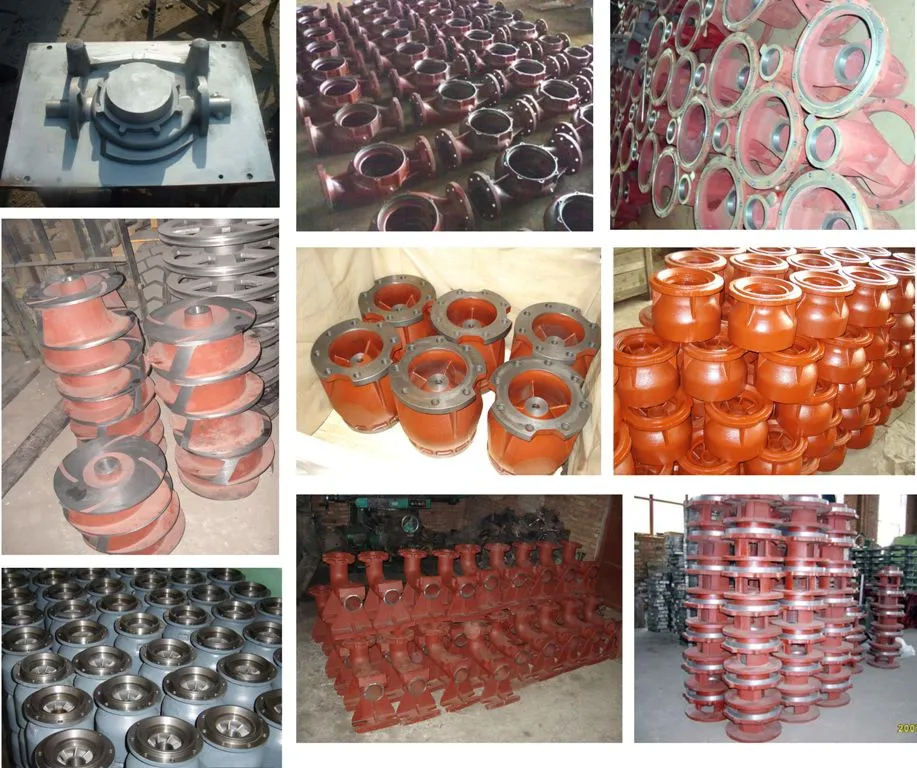Mobile:+86-311-808-126-83
Email:info@ydcastings.com
Exploring the Function and Design of Trailer Air Chambers in Heavy-Duty Vehicles
Exploring the Innovations in Trailer Air Chambers A Comprehensive Overview
In the realm of transportation, efficiency and safety are paramount. One of the crucial components that contribute to these factors is the trailer air chamber. This device plays an essential role in pneumatic brake systems, particularly those used in heavy-duty vehicles like trucks and trailers. Understanding the function and advancements in trailer air chambers not only enhances vehicle performance but also improves road safety for everyone.
What is a Trailer Air Chamber?
A trailer air chamber is a cylindrical device that utilizes compressed air to operate the brakes in large vehicles. It consists of several key components, including a diaphragm, a piston, and a housing. When the driver activates the brakes, air flows into the chamber, pushing the diaphragm inward. This action causes the piston to move and apply pressure to the brake pads, resulting in effective braking performance.
The efficiency of the trailer air chamber relies on its ability to produce a significant force with minimal air pressure. This feature is crucial for large trailers that require considerable stopping power to halt their momentum safely. Air chambers are typically found in tandem with other braking components, ensuring that the entire system operates seamlessly to achieve the desired stopping distance.
Advantages of Trailer Air Chambers
1. Enhanced Braking Power One of the primary advantages of trailer air chambers is their ability to generate high brake force without requiring excessive pressure. This is particularly beneficial for heavy loads, as it ensures that vehicles can stop safely under various driving conditions.
2. Fail-Safe Mechanism Trailer air chambers are designed with a fail-safe feature. In the event of a loss of air pressure, the brakes can automatically engage, bringing the vehicle to a stop. This reliability is crucial for the safety of both the driver and other road users.
3. Lower Maintenance Costs Due to the robust nature of air brake systems, trailer air chambers typically require less frequent maintenance compared to their hydraulic counterparts. This longevity translates to lower costs over the lifespan of the vehicle.
trailer air chamber

4. Weight Distribution Air chambers contribute to improved weight distribution across the trailer. This aspect is essential for maintaining stability and control, especially when navigating turns or varying terrain.
Recent Innovations
The technology surrounding trailer air chambers has advanced significantly in recent years. Manufacturers have invested in research to enhance the materials used and the design of these components.
- Lightweight Materials The introduction of advanced lightweight materials has made air chambers more efficient without sacrificing durability. These materials help reduce the overall weight of the braking system, allowing for better fuel efficiency.
- Smart Technology Integration Modern air chambers are now being integrated with sensors and smart technology that provide real-time data on brake performance. This innovation enables drivers and fleet managers to monitor braking efficiency and diagnose potential issues before they become critical.
- Environmental Considerations As the transportation industry shifts towards more sustainable practices, manufacturers are focusing on ways to reduce the environmental impact of trailer air chambers. Developments in eco-friendly materials and processes are being prioritized to align with global sustainability goals.
Conclusion
The trailer air chamber is a vital component in the braking systems of heavy vehicles, ensuring that they operate efficiently and safely. With ongoing innovations, the future of trailer air chambers looks promising, as they continue to evolve with technology and design improvements. As the industry moves forward, the focus on performance, safety, and sustainability will undoubtedly drive further advancements, making trailer air systems an integral part of modern transportation. This evolution not only benefits the transportation sector but also enhances the safety and efficiency of our roadways, ensuring that they remain safe for all users.
-
Why Should You Invest in Superior Pump Castings for Your Equipment?NewsJun.09,2025
-
Unlock Performance Potential with Stainless Impellers and Aluminum End CapsNewsJun.09,2025
-
Revolutionize Your Machinery with Superior Cast Iron and Aluminum ComponentsNewsJun.09,2025
-
Revolutionize Fluid Dynamics with Premium Pump ComponentsNewsJun.09,2025
-
Optimizing Industrial Systems with Essential Valve ComponentsNewsJun.09,2025
-
Elevate Grid Efficiency with High-Precision Power CastingsNewsJun.09,2025











